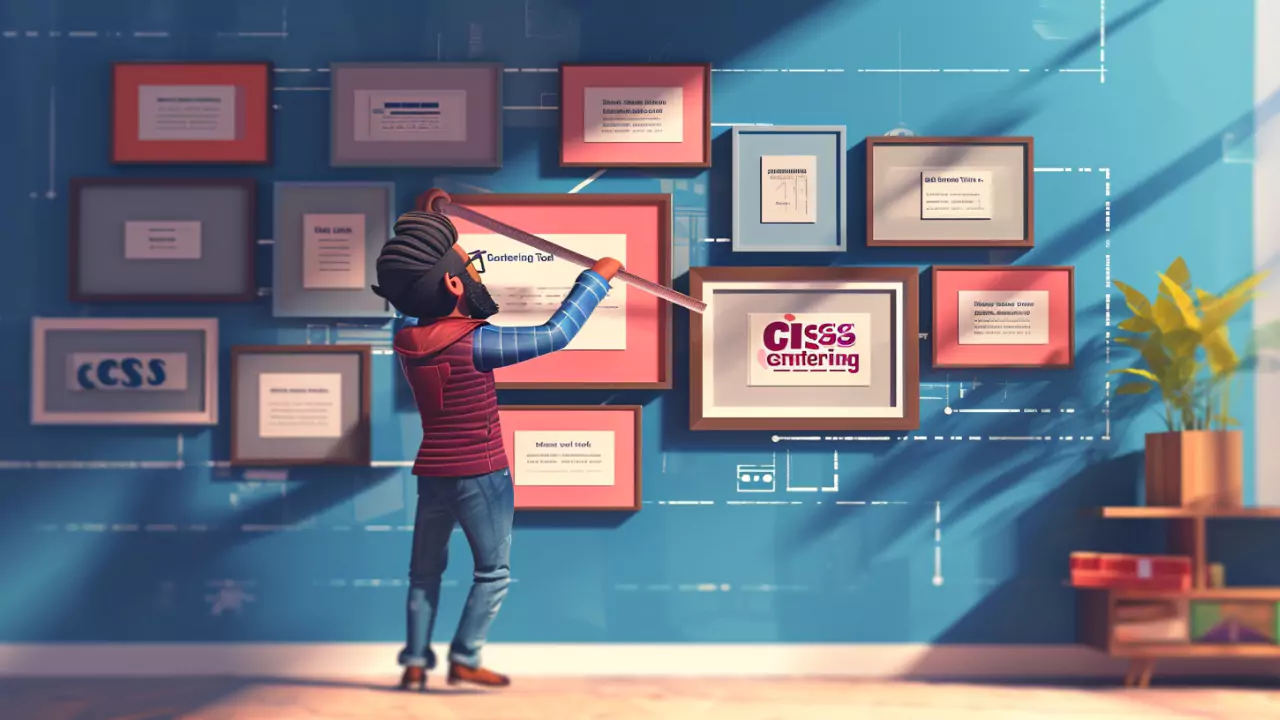Table of Contents
Centering elements in CSS can sometimes be a challenge, especially for those new to web development. The focus keyword, “centering with css,” is pivotal in website design, ensuring that elements are aligned and presented appealingly. This article aims to demystify the process, focusing on horizontal centering techniques.
Understanding Horizontal Centering in CSS
Horizontal centering, or aligning an element along the central axis of its container, is a fundamental aspect of CSS. It’s important not only for aesthetic reasons but also for maintaining a clean and organized layout in web design.
Method 1: Flexbox for Centering
One of the most straightforward methods for horizontal centering involves using Flexbox. Flexbox is a CSS3 layout mode that offers an efficient way to align and distribute space among items in a container.
Example:
.container {
display: flex;
justify-content: center;
}
.child {
width: 50%;
}In this example, .container uses display: flex, and justify-content: center aligns the .child element in the center horizontally.
Method 2: Margins and Width
Another common technique for centering is using margins and width. This method is particularly useful when dealing with block elements.
Example:
.block {
width: 60%;
margin: 0 auto;
}Here, the .block element is given a width, and margin: 0 auto automatically adjusts the margins on either side, centering the element within its container.
Method 3: Inline-Block with Text-Align
For inline or inline-block elements, the text-align property on the parent can be used for centering.
Example:
.parent {
text-align: center;
}
.child-inline {
display: inline-block;
}The .parent container centers any inline or inline-block elements inside it, like .child-inline.
Dealing with Specific Scenarios
Sometimes, unique layout requirements call for different centering techniques. Let’s explore a few.
Centering an Image within a Div
.image-container {
display: flex;
justify-content: center;
}
.image {
max-width: 100%;
}This code will center an image horizontally within its container.
Centering Text Inside a Button
.button {
text-align: center;
padding: 10px 20px;
}This centers the text inside a button, with padding for aesthetics.
FAQs on Centering with CSS
How can I use CSS to center elements horizontally?
Use display: flex; justify-content: center; on the parent element to center children horizontally in CSS.
What is the simplest method to align items in the center using CSS?
The simplest method is using margin: 0 auto; on the element you want to center, provided it has a specified width.
Can CSS horizontally align elements without specifying width?
Yes, using display: flex; justify-content: center; on the parent element aligns children without needing a specific width.
How does horizontal alignment work in CSS for inline elements?
Use text-align: center; on the parent container to horizontally align inline or inline-block elements.
What’s the best way to center a div horizontally in another div?
Using Flexbox, set display: flex; justify-content: center; on the outer div to center the inner div horizontally.
How can I horizontally center multiple elements in CSS?
Place the elements within a flex container and use justify-content: center; to center them collectively.
Conclusion
Mastering centering with CSS is a fundamental skill in web design. The methods outlined here provide a foundation for effectively aligning elements horizontally, ensuring a visually appealing and structured webpage. Experiment with these techniques to find what works best for your specific design needs.
